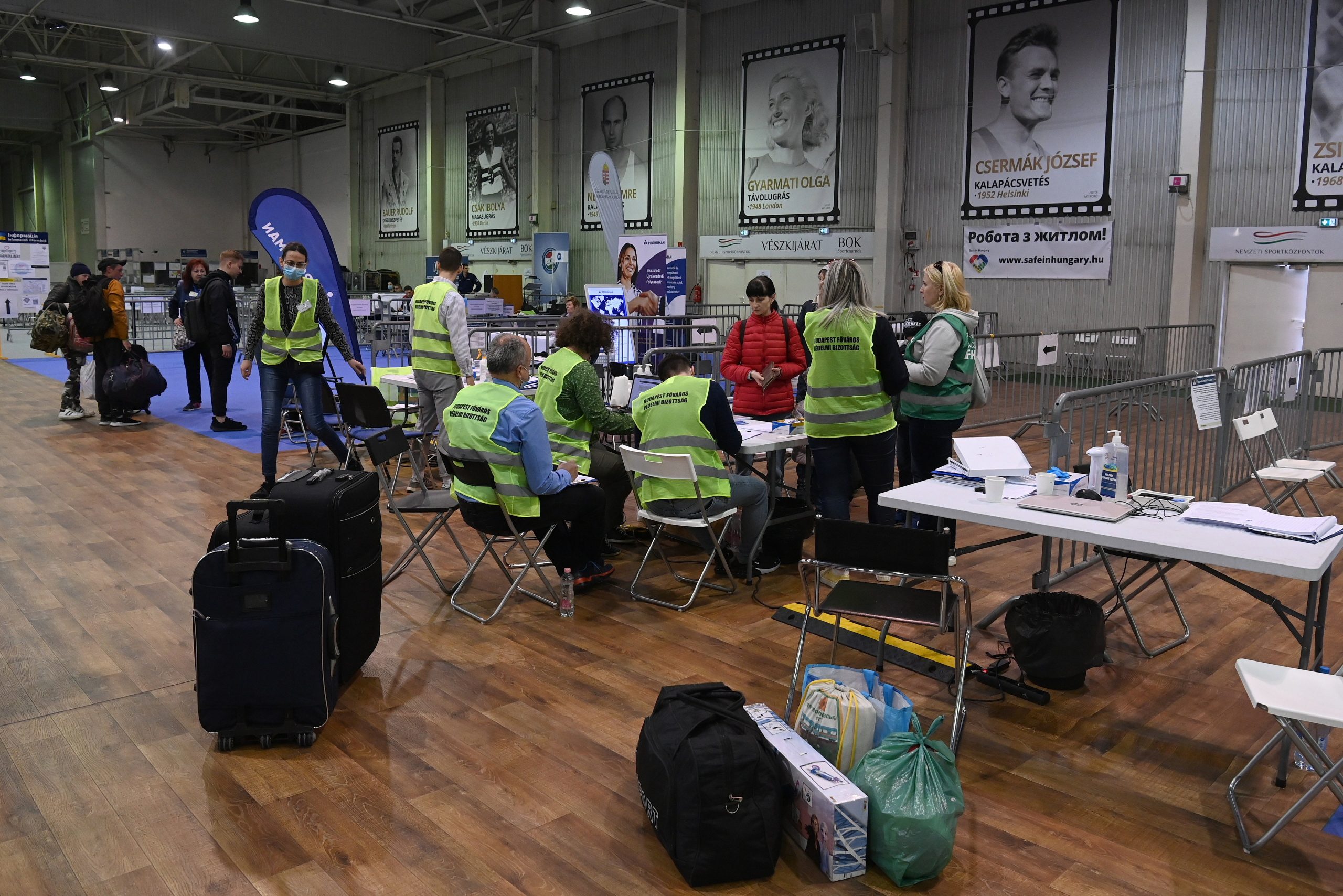
Police issued temporary residence permits valid for thirty days to 272 people.Continue reading

Fewer and fewer refugees are arriving in Hungary from Ukraine, and according to the staff of the transit station in the BOK sports hall, there have been cases of a single person staying in the hall, reports the government-critical HVG. According to representatives of aid organizations interviewed by the newspaper, the number of arrivals has radically decreased.
This article was originally published on our sister-site, Ungarn Heute.
Three months have passed since Russia invaded Ukraine. According to UNHCR data on May 23, 6,595,675 refugees have left the country since the war began. More than half of them, 3,524,205 people were heading for the Polish border, with the Hungarian border the fourth most popular exit point after Romania and Russia. About 10 percent of refugees have taken this route so far, a total of 649,352. However, there is no reliable information on how many of them are still in Hungary, but the general experience of aid agencies suggests that the vast majority have continued their journey westward, according to HVG.
On Sunday, when I was in the BOK hall, there was only one refugee in the entire hall,
someone who works in the central, state-organized relief center told the news site.
According to reports, the hall has already been put into “standby mode.” This can be seen from the fact that the projectors displaying a timetable of the trains are switched off. There was no one in the children’s area, and some of the toys had already been removed. The interviewee added that it was quite possible that refugees would still show up in large numbers at this location.
Sándor Ujhelyi is a volunteer interpreter at the “Mandák House.” He thinks that the number of tens of thousands arriving every day is unimaginable, as he believes that at most one to two thousand refugees are arriving in Hungary every day. He said that they receive information from the Hungarian train company MÁV about the number of arrivals. 60-70 people on one train are very rare. 5-10-20 people, but sometimes only one travels towards Budapest.
However, where they come from is very different. The last time a mother from Lviv came with a child. She said that it was becoming more and more difficult for the children to cope with the air raids and the proximity of the Russian helicopters,”
said Ujhelyi.
The volunteer interpreter also pointed out that many of the people arriving at the house still do not know that they need to go to immigration, because otherwise they will not receive free medical care. “We also ask for information about any illnesses in the family so we know what to prepare for. We also have blood pressure monitors and blood sugar meters” and they also help people find jobs, especially Hungarian speakers who are able to work. And sometimes they also help with finding housing.
In the first days of the war, refugees came mainly from Transcarpathia, but many of them returned after a few days. Then came the first large wave of refugees from Lviv and Kyiv, followed by refugees from the interior and east of the country, from Kharkiv in the northeast, which had been heavily bombed from the first days, and from Mariupol and Odessa in the south.
According to the Hungarian police headquarters ORFK, even in the last few days, more than 10,000 people crossed the Ukrainian-Hungarian and Romanian-Hungarian borders every day, only a fraction of whom applied for a temporary residence permit.
Featured image: Refugees from Ukraine are registered at the humanitarian transit point in the BOK Hall in Budapest on April 22, 2022. Photo by Zoltán Máthé/MTI